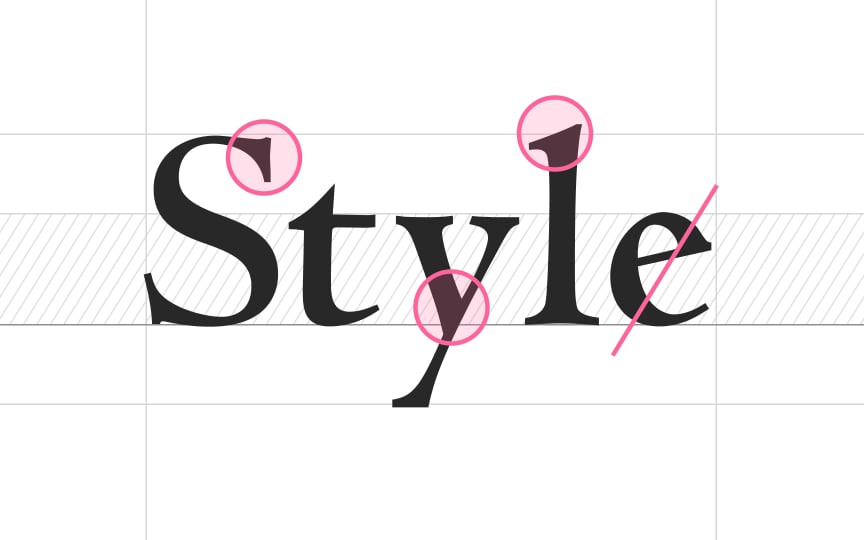Old Style serifs
Old Style serifs stem from the 15th century and represent the Humanist movement that deviated from Middle Age restrictions and celebrated human nature and human achievements in education, classical arts, literature, and science. More refined Old Style serifs replaced the heavy and angular Blackletter style, and initially, many letterforms were based on pen-drawn strokes.
The main characteristics of Old Style serifs include:
- A low-weight contrast between thick and thin strokes
- Horizontal crossbars
- Wedge-shaped serifs
- Left-leaning axis or stress
- Small x-heights
- Lowercase ascenders are taller than the height of capital letters
- Numerals have ascenders and descenders and vary in size[1]
The most popular Old Style serifs are Garamond, Caslon, Goudy Old Style, and Palatino. Modern designers use them for projects to convey elegance and splendor.
References
- The Return of the Old Style Roman Typeface | Creative Market Blog


